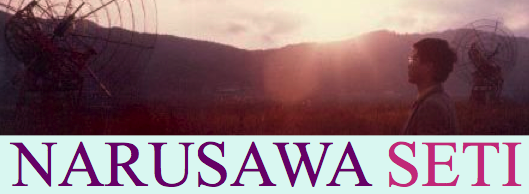
-- The Multisite and Multifrequency Simultaneous SETI Observation in Japan --
We carried out the world’s first multisite and multifrequency simultaneous SETI observation with 14 radio and 27 optical telescopes in Japan November 11 and 12, 2009. No such large-scale SETI observations have been carried out elsewhere in the world.
We named this project ”SAZANKA”. Sazanka is a flower that blossoms during observing period of these observations.

Sazanka (scientific name: Camellia sasanqua)
Purpose
Main purpose
In the near future, we wanted to join worldwide SETI observations (This was accomplished as Project Dorothy in 2010). Therefore, we organized the multisite and multifrequency simultaneous SETI observations in Japan as a first step toward entering a worldwide network.
Radio observations
In order to identify a signal of extraterrestrial origin, we employed multisite radio observation. Multifrequency and multimethod radio observations were adopted to help distinguish between natural phenomena and extraterrestrial intelligence (ETI).
It is often argued that a narrow carrier signal is the most likely signal to be received from ETI, because it requires only one parameter: frequency. However, we have not discovered any clear signals from ETI in these fifty years since Project OZMA, based on this assumption, was carried out in 1960. We suggest that ETI may use other type of signals to inform us of their existence (Fujishita et al. 2006).
For example, Ultra-Wide Band (UWB) signals are generally advantageous from the standpoint of signal to noise ratio, as shown by the GPS. Based on a similar idea, we carried out multisite and multifrequency radio SETI observations.
Optical monitoring observations
We scheduled the multisite optical monitoring observations to occur simultaneously. If radio antennas had detected candidate signals, we would have checked the optical images (CCD, Digital camera and Video) from the simultaneous observations. These optical observations may help clarify the nature of radio events, whether natural phenomenon (e.g., flares of the surface of the star), artificial signals of human origin (e.g., military satellites), or ETI.
There are more than three hundred optical observatories in Japan and about eighty of them are part of the Japan Public Observatory Society (JAPOS). We invited JAPOS to participate in this project. As a result, more than twenty optical observatories participated.
Operation
The simultaneous SETI observations were organized by a working group of this project as follows:
(1) The observational schedule was announced to the astronomical community, and interested observers were able to participate freely.
(2) Data are owned by each observer, as agreed upon prior to observations.
(3) If radio observers detected one or more candidate signals, then all optical observers would be informed about the time of receipt though the radio coordinator (M. Fujishita) and Headquarters (S. Narusawa) of the project. After checking optical data (video or CCD images), results would be disseminated to all members through the headquarters. This process was also clearly established prior to observations.
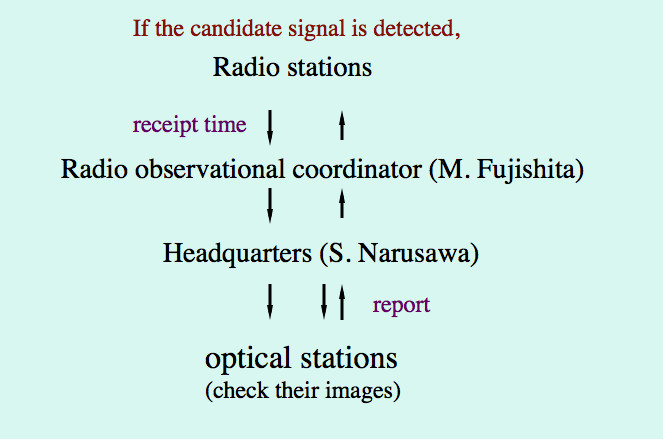
A flow chart of the network of Project SAZANKA.
(4) project members used e-mail for communication. M. Tasumi served as administrator of the mailing list.
(5) Before observations, we informed news media about the project.
Date and Hour
Date : November 11-12, 2009
Time : JST 21-26h, (UT 12-17h)
Target
Dr. Paul Horowitz and old Carl Sagan carried out Project META (Megachannel Extra Terrestrial Assay) with the Harvard/Smithsonian 26 m radio telescope from 1985 to 1995 (Horowitz & Sagan 1993, Lazio et al. 2002).
A strong line signal (seven times the threshold power) was detected at 1420 MHz on November 17, 1989 (UT 4:12), from the direction of the constellation Cassiopeia. An antenna's beam is thirty arcminutes at 1420 MHz.
We selected the same field for the target of Project SAZANKA. We observed the following coordinates as the central position:
R.A. (J2000): 03h07m
Dec. (J2000): +58d02m
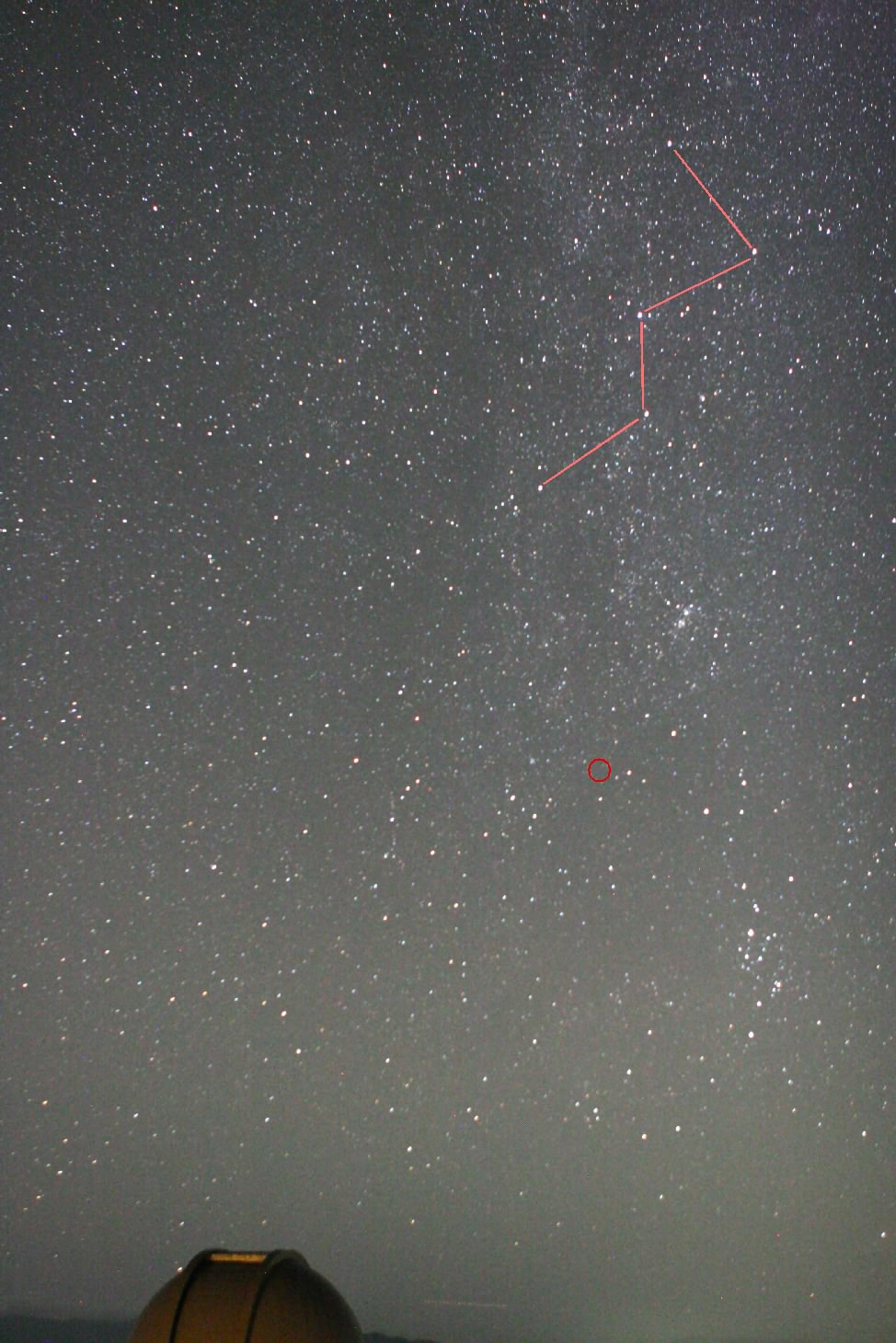
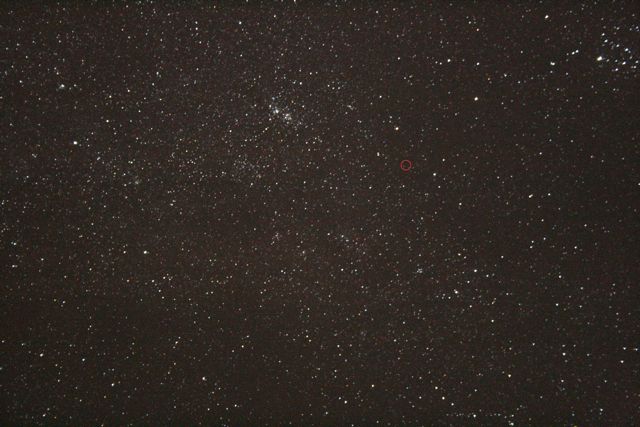
The target region (circle). (Photo: Nishi-Harima Astron. Obs.)
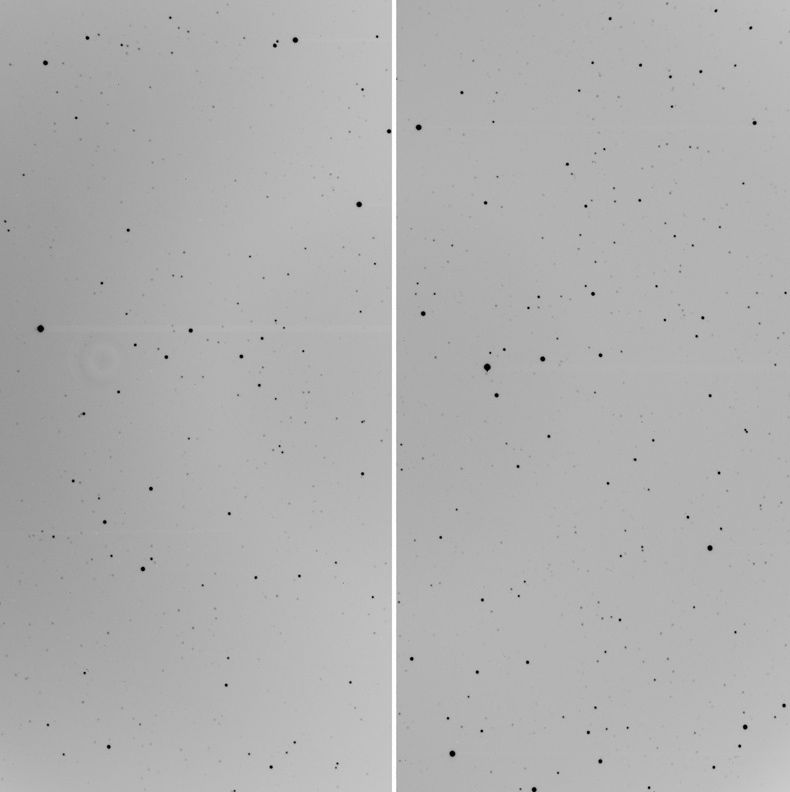
The image of the target region. (Photo: 1.3m telescope of Sendai Astro.Obs.)
f6350mm, R-band, exp.60s, 32.5 * 32.5 arc-minutes
Estimation
The sensitivity of META observation was 0.7 - 13 * 10^-23 [W/m^2] (Horowitz & Sagan 1993). The sensitivity of the 32 m dish of Yamaguchi University was 2 * 10^-24 [W/m^2]. Therefore, we could detect the effective signal with it, if radio was transmitted under condition equivalent to the time of META's event.
Observatories
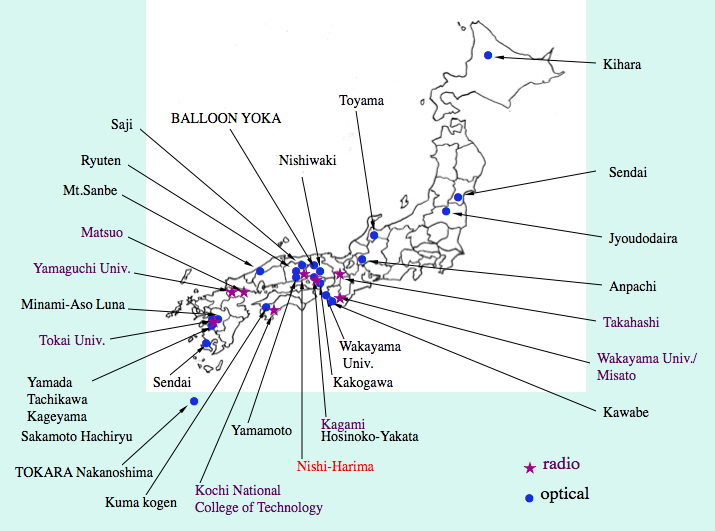
The distribution of observatories.
Headquarters -> Shin-ya Narusawa (Nishi-Harima Astron. Obs.)
Radio observational coordinator -> Mitsumi Fujishita (Tokai Univ.)
Administrator of the mailing list -> Naoto Tatsumi (Ryuten Astronomical Observatory)
<Radio SETI sites>
For radio observations, we used total 14 antennas of 8 observatories.
observatory (location) antenna frequency
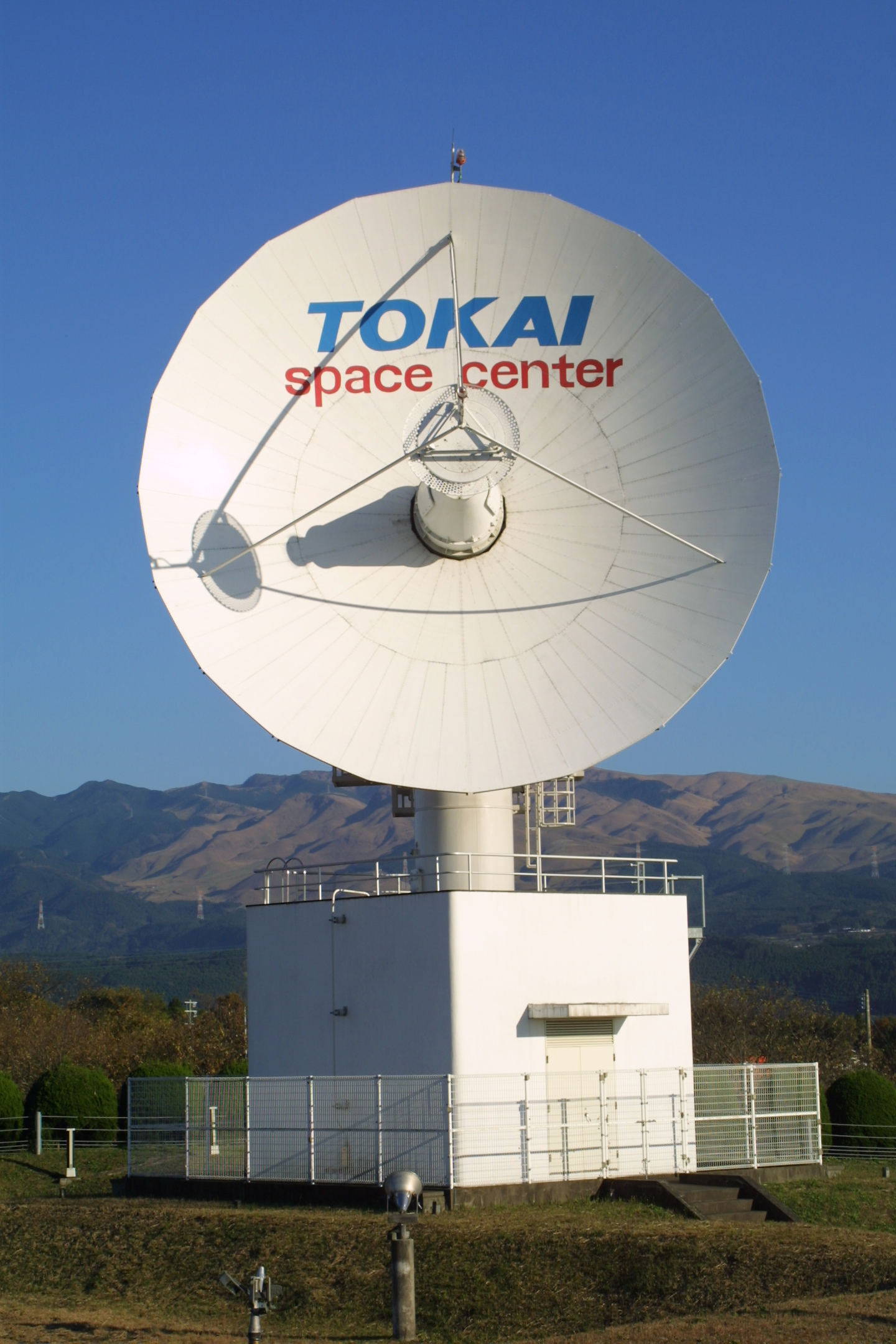
Tokai University Space Information Center (Mashiki, Kumamoto) 11 m SD 8.3 GHz
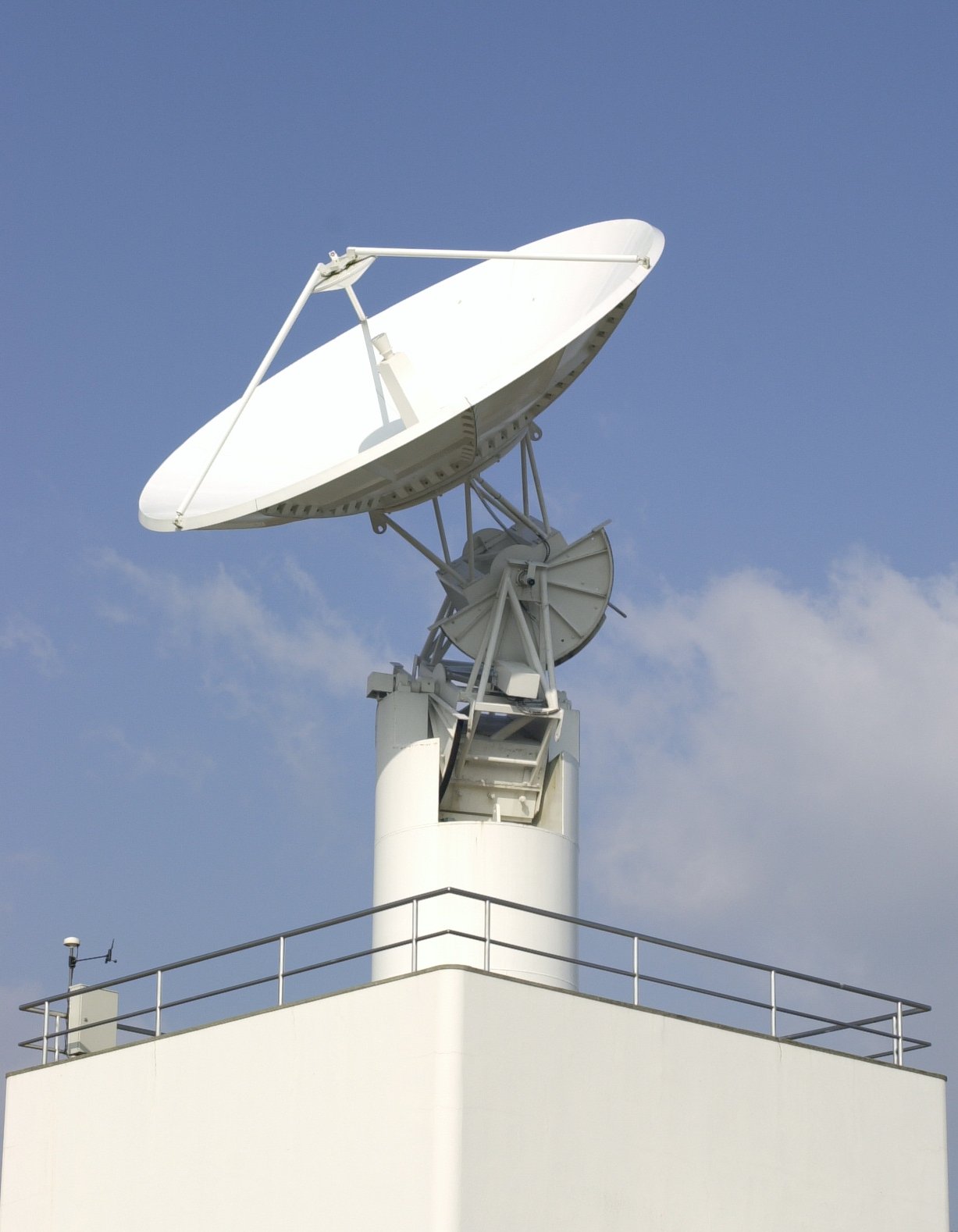
Tokai University Space Information Center 5 m SD 8.3 GHz
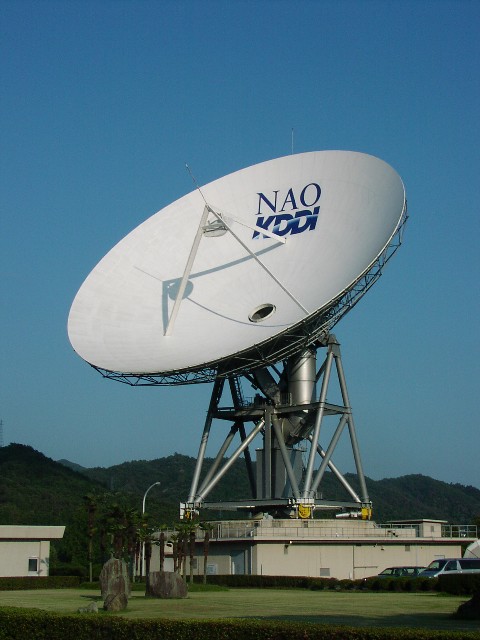
Yamaguchi University (Yamaguchi City) 32 m SD 8.3 GHz
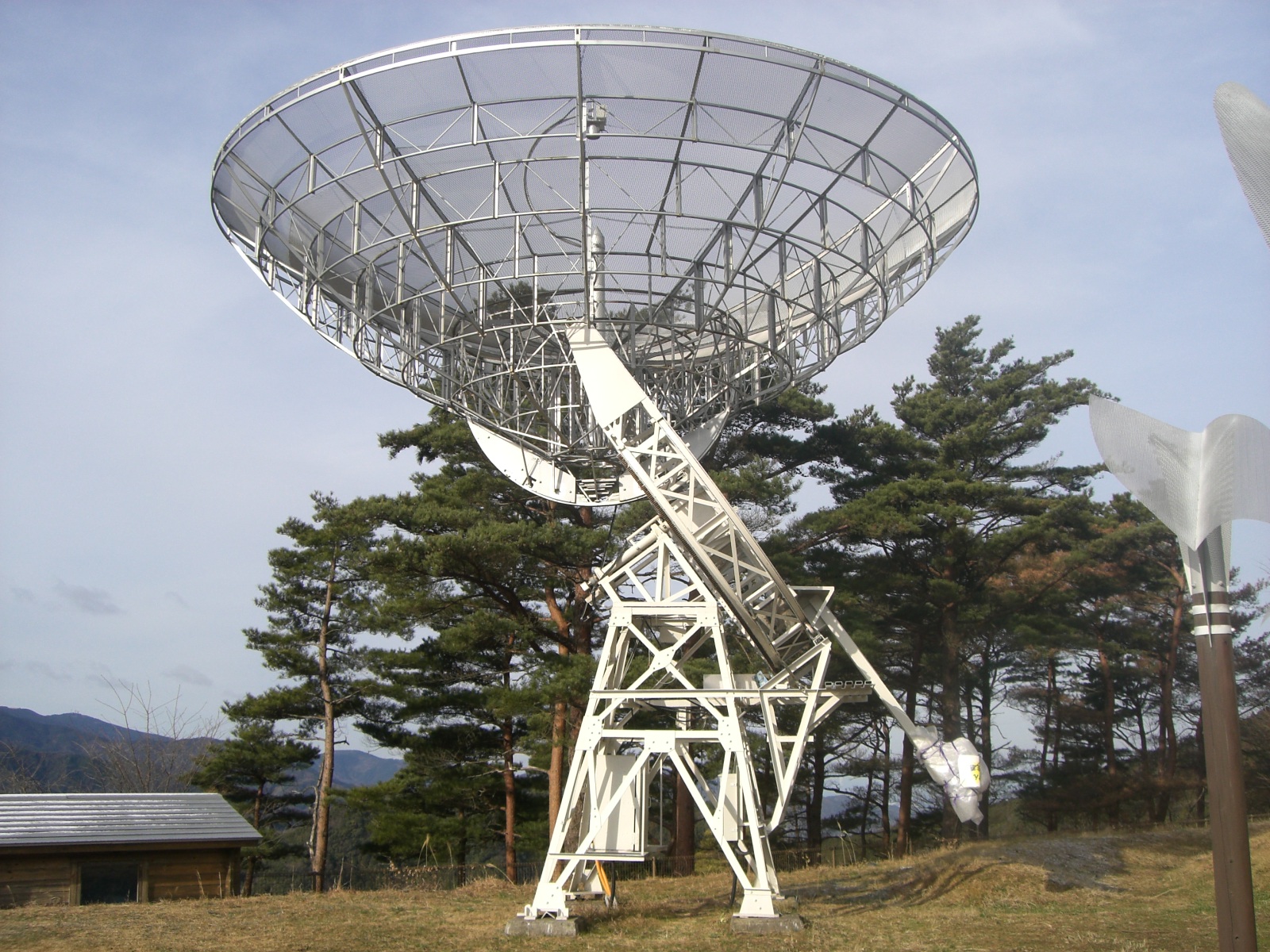
Wakayama University/Misato Obs. (Kimino, Wakayama) 8 m SD 1420 MHz
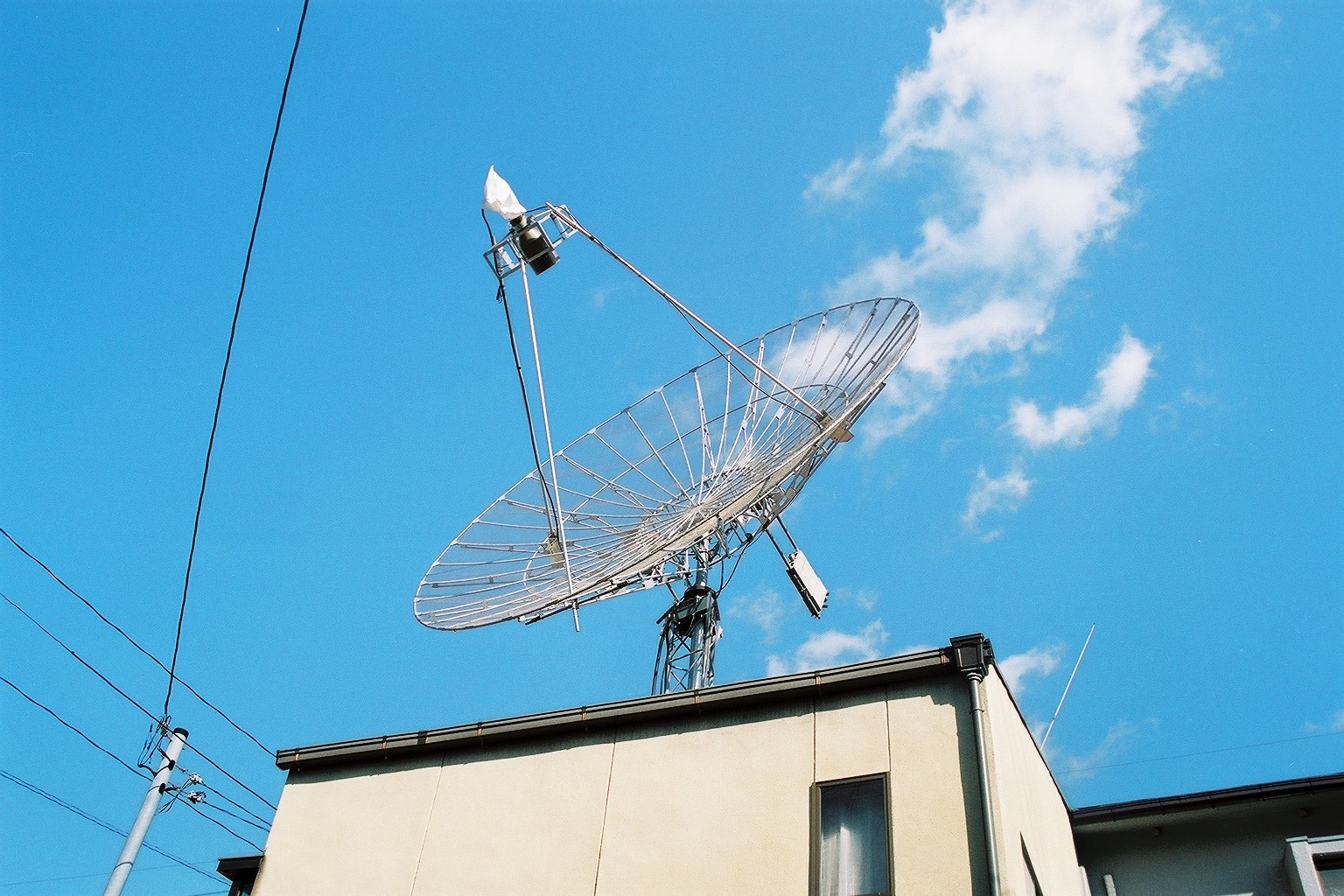
Takahashi Radio Station (Kyoto City) 6 m SD 1420 MHz
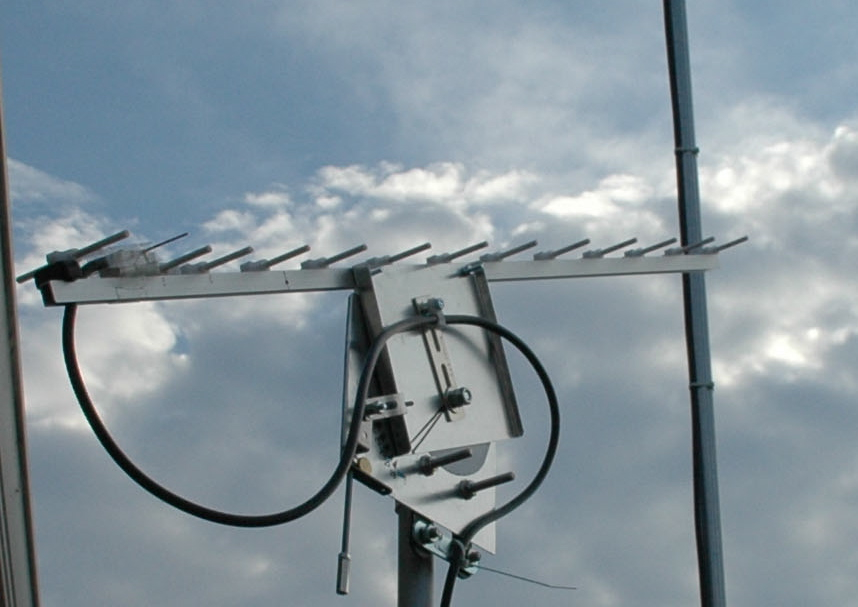
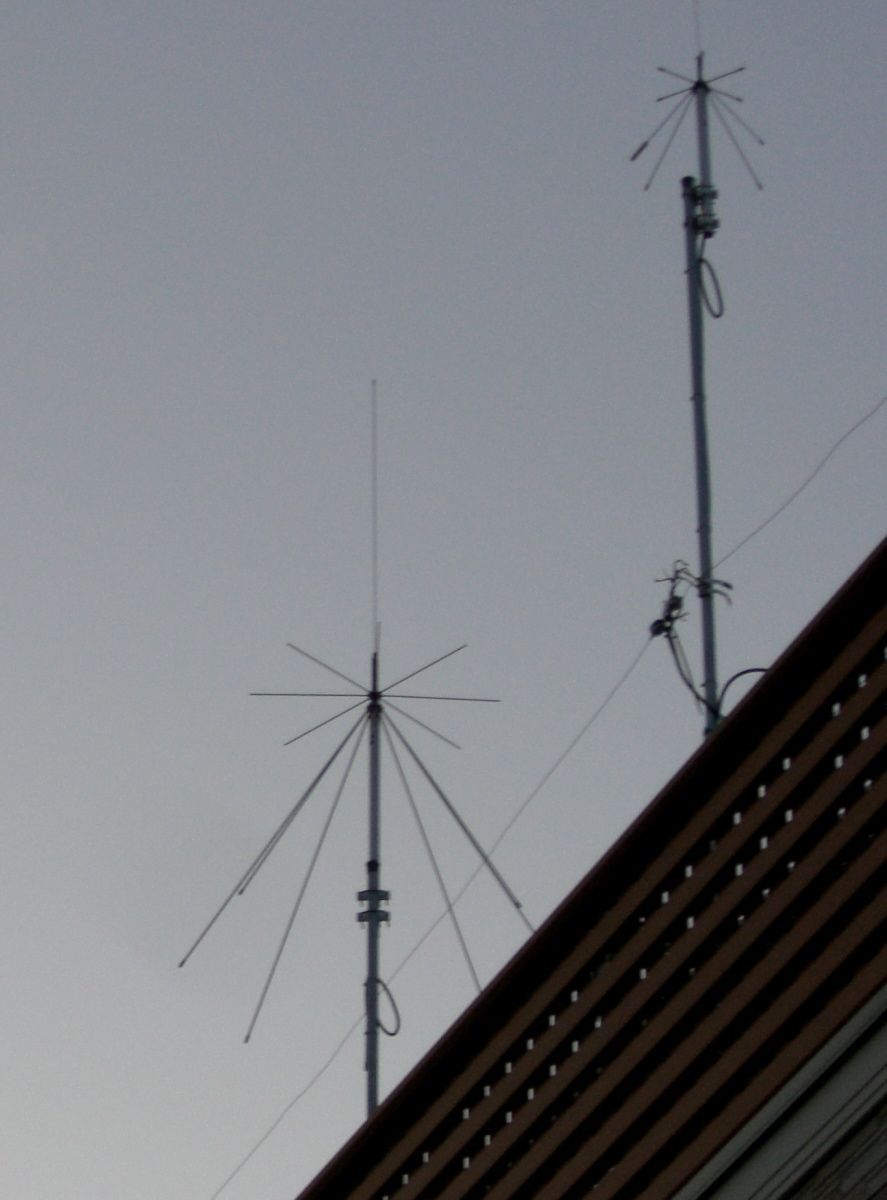
Kagami Radio Observatory (Himeji City)
(top) 14 elements Yagi 1420 MHz
(bottom, left) Discone (D1300 AM) 31.086 MHz (1st night), 32.780 MHz (2nd night)
(bottom, right) Discone (D910) 1420 MHz (measurement of backgroud)
(bottom, horizontal) 1/2 lambda dipole (2nd night only) 32.780 MHz
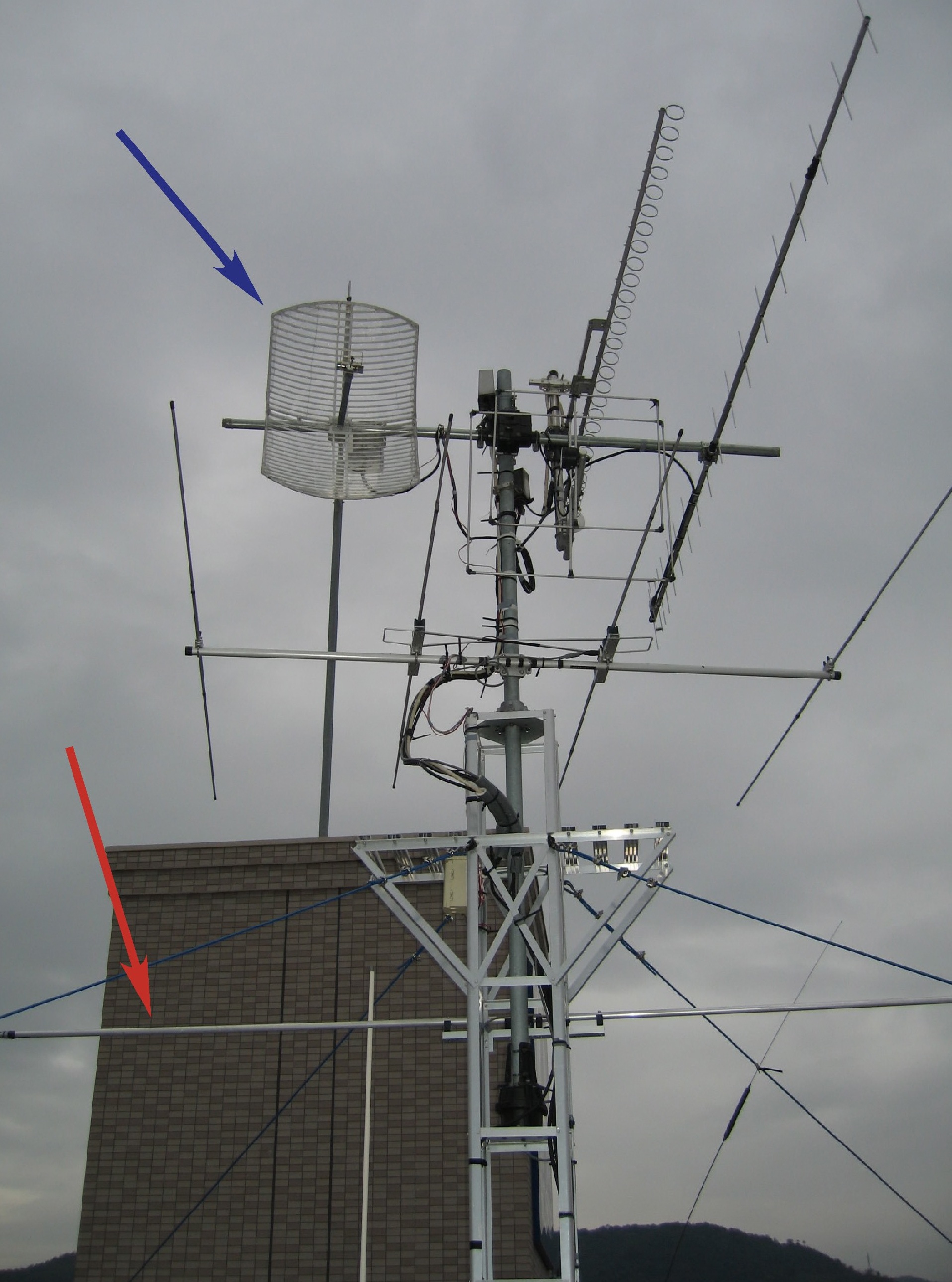
Matsuo Radio Station (Syunan City, Yamaguchi) 1 m SD 1420 MHz (blue arrow) & dipole 38.2 MHz (orange arrow)
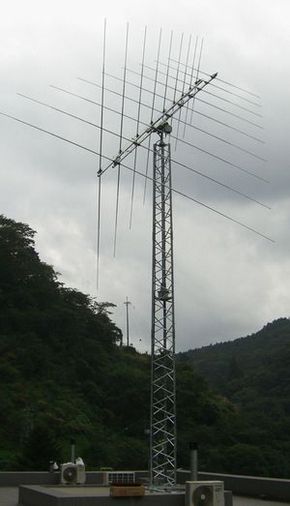
Agawa Jovian Radio Observatory of Kochi National College of Technology/NASA (Niiyodogawa, Kochi) log periodic with 9 orthographic elements 30-35 MHz
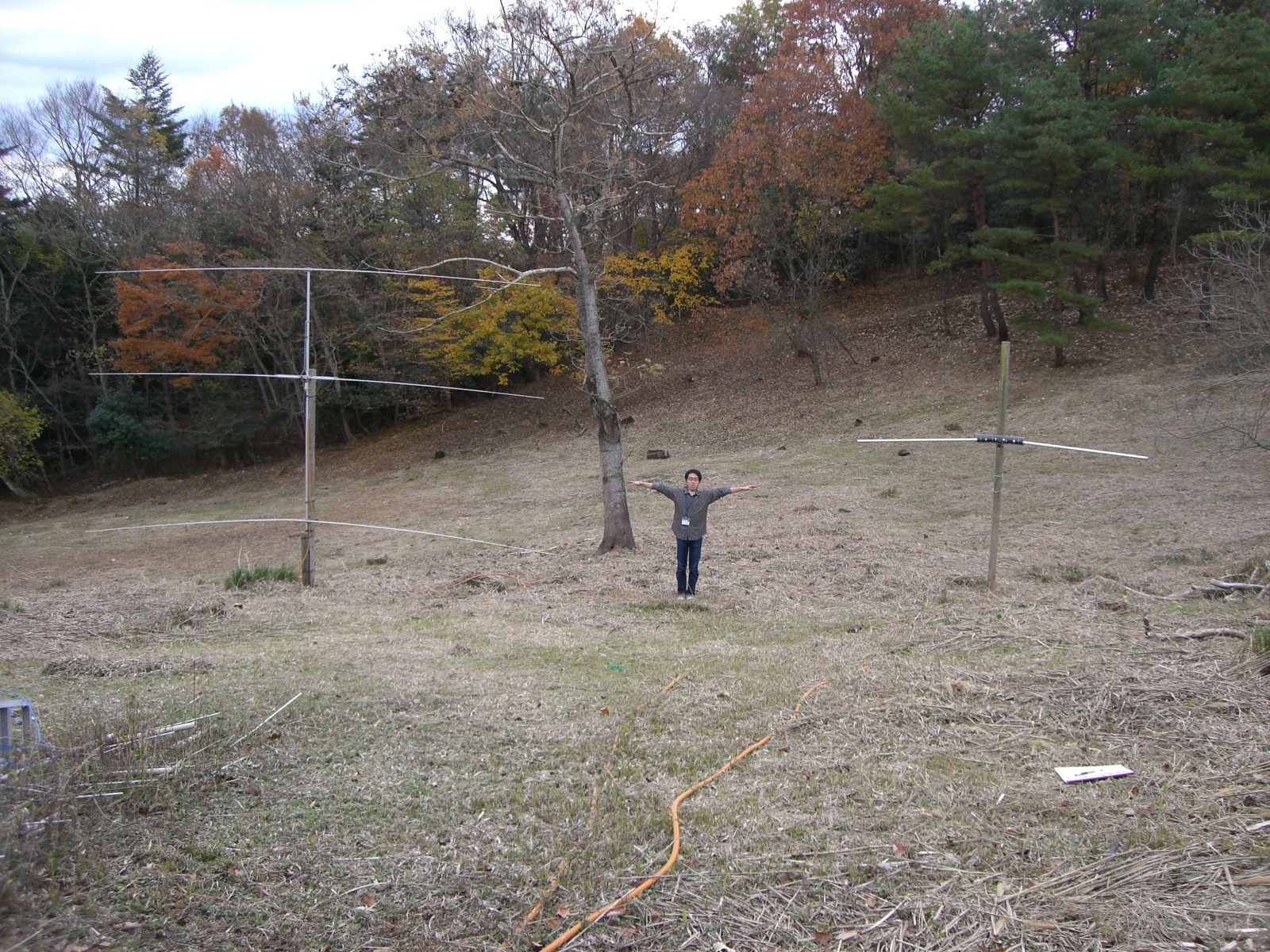
Nishi-Harima Astro. Obs. (Sayo, Hyogo) 3 elements Yagi 22 MHz & dipole 38 MHz
SD: single dish
more information -> Narusawa et al. 2011
<Optical Monitor Sites>
We used 27 optical systems, to monitor the same region at the same time.
(These are NOT optical SETI observations.)
observatory (location) diameter of telescope[cm] instrument
Kihara (Nayoro, Hokkaido) 28 C
Sendai (Sendai, Miyagi) 130 C
Jyoudodaira (Fukushima City) 40 V and 25 C
Toyama (Toyama City) 100 V
Anpachi (Anpachi, Gifu) 70 V
Kawabe (Hidakagawa, Wakayama) 100 V
Wakayama University (Wakayama City) 60 C
Misato (Kimino, Wakayama) (f180mm lens) V
Nishi-Harima (Sayo, Hyogo) 200 (NAYUTA) V (Hi-Vision)
Hoshinoko-Yakata (Himeji, Hyogo) 15 C
Kakogawa City Youth Outdoor Center (Kakogowa, Hyogo) 10 V
Nishiwaki Earth Science Museum (Nishiwaki, Hyogo) 81 V
BALLOON YOKA (Yabu, Hyogo) 40 V
Yamamoto (Mimasaka, Okayama) 10 D
Ryuten (Akaiwa, Okayama) 40 V
Saji (Tottori City) 103 C
The Shimane Nature Museum of Mt. Sanbe; Sahimel (Ooda, Simane) 60 C
Kuma Kogen (Kumakogen, Ehime) 60 C
Minami-Aso Luna (Minamiaso, Kumamoto) 82 V
Sakamoto-Hachiryu (Yatsushiro, Kumamoto) 30 D
Yamada (Hikawa, Kumamoto) 20 D and 10.2 D
Tachikawa (Kumamoto City) 15 D
Kageyama (Kumamoto City) 25 V
Sendai Space Hall (Satsumasendai, Kagoshima) 50or28 V
TOKARA Nakanoshima (Toshima, Kagoshima) 60 V
V:Video C:CCD camera D:Digital camera
artificial satellite identification -> Ryo Iizuka (Chuo University)
new celestial object identification -> Hiroyuki Naito (Nagoyo University)
If we had detect a candidate signal,
then we would have observed
IAA, Declaration of principles Concerning the Conduct of the Search for Extraterrestrial Intelligence.
The second clause of this protocol notes that the “The discoverer should inform his/her or its relevant national authorities.” Therefore, we decided who or what the “relevant national authorities in Japan" would be at a SETI workshop held at NHAO on November 4, 2007. Before observations we decided these authorities (Narusawa et al. 2011).
Almost all the Japanese, including the press are unaware of SETI. Therefore, before we announced the project to news media, we needed to make a manual of how we should communicate with the media, which was distributed to all observatories. The manual also includes procedures in case we found a candidate signal from ETI while being covered by the media.
Results
During the observing run, we were able to obtain effective data through all radio observations. The analysis of the obtained data were carried out by the respective observatories. We did not find candidate signal from an extraterrestrial civilization during the two-day project.
Due to the weather condition, we could observe with only 8 and only 7 optical observatories on the first and second nights, respectively.
It was not necessary to check optical images formally, because no candidate radio signals were detected.
more information -> Narusawa et al. (2011)
We believe our operation of the network of multisite and multifrequency simultaneous SETI observations was successful.
This is one small step for each observatory, but giant leap for Japanese SETI.
Now, we are willing to join in worldwide SETI observations. (This was accomplished as Project Dorothy in 2010.)
Rehearsal Observation
Rehearsal observations of simultaneous SETI were carried out, mainly to check the network management.
Date: Mar. 28 2009
Time: (JST) 21-26 h
Object: 55 Cnc
R.A.(J2000): 08h53m
Dec.(J2000): +28d20m
V=5.95, G8V, 41 ly
See Fischer et al. (2008)
Five antennas of 4 radio satinos participated in these observations.
Due to the weather conditions, we could observe with only 7 optical telescopes.
During this rehearsal, the optical SETI observation was carried out with the NAYUTA telescope of NHAO and a CCD photometric observation was performed with 15 cm telescope of Hoshinoko-Yakata.
Network management was successful; however, no radio or optical candidate signals were not detected.
the Astrobiology Science Conference 2010.
We reported this project at the Astrobiology Science Conference 2010 (Apr. 29, League City, Texas).
Narusawa, S. et al (2010)
“Project SAZANKA; The Multi-site and Multi-frequency Simultaneous SETI Observation in Japan” (#5074)
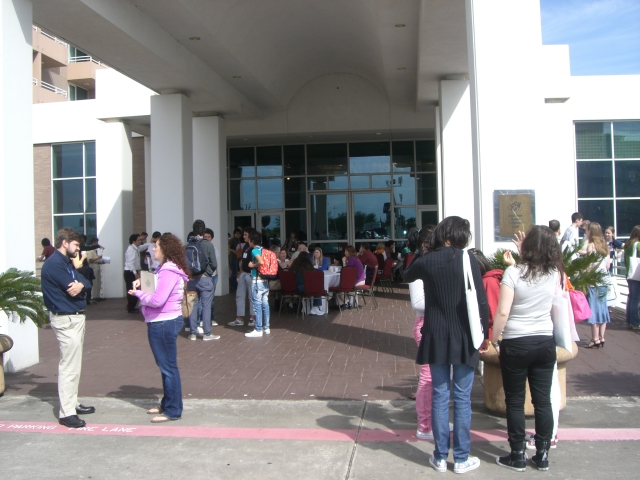
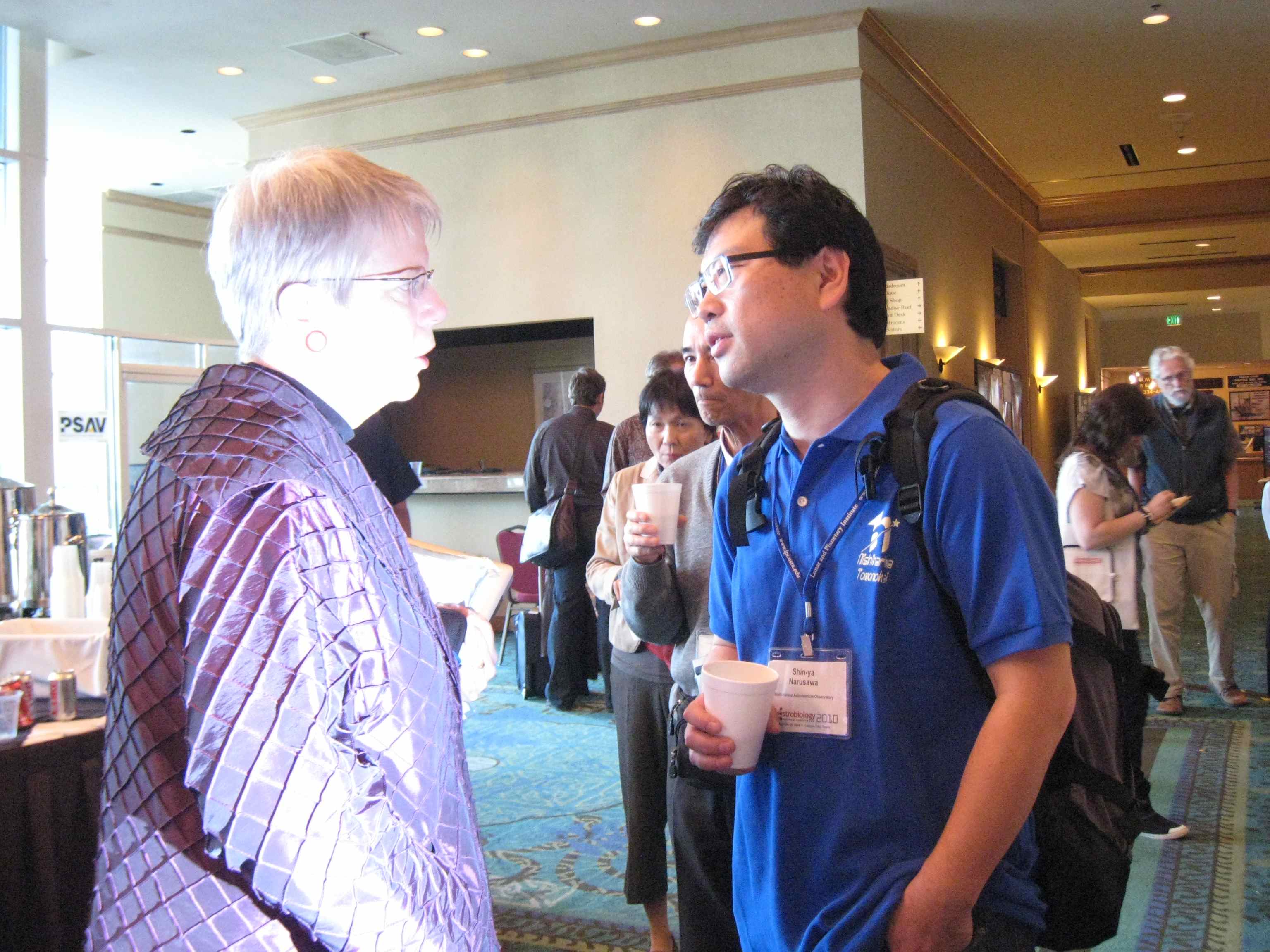
discussion with Dr. Jill Tarter

discussion with Dr. Frank Drake
References
Fujishita, M., Narusawa, S., Fujishita, M. and Kawase, T. 2006 Journal of the British Interplanetary Society 59,346
Fischer et al. 2008 Astrophysical Journal 675, 790
Horowitz, P. and Sagan, C. 1993 Astrophysical Journal 415, 218
Lazio, T.J., Tarter, J. and Backus, P.R. 2002 Astrophysical Journal 124, 560
Narusawa, S. et al. 2011 in Communication with Extraterrestrial Intelligence (CETI)
Douglas A. Vakoch (Editor) p.109
Project Emblem
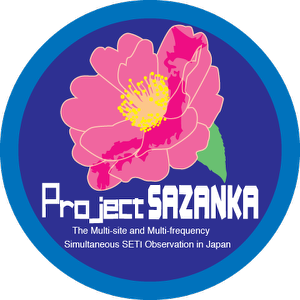
(Nanto Yusei)
Books
Communication with Extraterrestrial Intelligence (CETI)
Douglas A. Vakoch (Editor)
A paper about this project (Project SAZANKA: The Multisite and Multifrequency Simultaneous SETI Observation in Japan, Narusawa et al. 2011) is included.
First Contact: Scientific Breakthroughs in the Hunt for Life Beyond Earth
Marc Kaufman
The way of headquarters of Project SAZANKA is written.
Project Members' list
Working Group
Shin-ya Narusawa (Nishi-Harima Astron. Obs.)
Mitsumi Fujishita (Tokai Univ.)
Takeshi Inoue (Akashi Municipal Planetarium)
Masaki Morimoto (Nishi-Harima Astron. Obs.)
Observers and Collaborators
Hiroki Akisawa (Hoshinoko-Yakata Astron. Obs.)
Kenta Fujisawa (Yamaguchi Univ.)
Yasuhide Fujita (Kuma Kogen Astron. Obs.)
Takahiro Fukuzumi (TOKARA Nakanoshima Astron. Obs.)
Hiromi Funakoshi (Anpachi Astron. Obs.)
Hiroyuki Geshiro (Geshiro-Gumi Machinery MFG Company)
Hideo Hara (Kumamoto City Museum)
Kenji Hashimoto (Sakamoto-Hachiryu Astron. Obs.)
Tsutomu Hayamizu (Sendai Space Hall)
Ryo Iizuka (Chuo Univ.)
Kazumasa Imai (Kochi National College of Technology)
Masayuki Kagami (Kagami Radio Observatory)
Kazuhisa Kageyama (Kageyama Astron. Obs.)
Takeshi Kamitamari (Kawabe Astron. Obs.)
Masahiro Koishikawa (Sendai Astron. Obs.)
Shouta Maeno (Nishi-Harima Astron. Obs.)
Hidehiko Matsuo (Matsuo Radio Station)
Takashi Miyamoto (Minami-Aso Luna Obs.)
Hiroyuki Naito (Nagoya Univ.)
Sumio Nakane (Member of SETI League)
Takeshi Nakashima (BALLOON YOKA Astron. obs.)
Masami Okyudo (Wakayama Univ.)
Takaaki Oribe (Saji Obs.)
Takaaki Ozeki (Hoshinoko-Yakata Astron. Obs.)
Makoto Sakamoto (Nishi-Harima Astron. Obs.)
Yasuo Sano (Nayoro Obs.)
Naoko Sato (Wakayama University)
Masayuki Tachikawa (Tachikawa Astron. Obs.)
Yoshimasa Tai (Kakogawa City Youth Outdoor Center)
Setsuro Takahara (Nishiwaki Earth Science Museum)
Yoshitaka Takahashi (Takahashi Radio Station)
Mikimasa Takeuchi (The Shimane Nature Museum of Mt. Sanbe: Sahimel)
Naoto Tatsumi (Ryuten Astron. Obs.)
Akihiko Tomita (Wakayama Univ.)
Shinji Toyomasu (Misato Obs.)
Naoki Toyoshima (Jyoudodaira Astron. Obs.)
Makoto Watanabe (Toyama Astron. Obs.)
Takeshi Yada (The Shimane Nature Museum of Mt. Sanbe; Sahimel)
Ryoji Yamada (Yamada Astron. Obs.)
Michinari Yamamoto (Ayabe Astron. Obs.)
Hideyo Yokotsuka (Tokai University Space Information Center)
Acknowledgments
We thank Mieko Sasaki, Nanto Yusei, Toshihiro Omodaka, Hiroshi Imai, Koitiro Maeda, and the staff of all participating observatories for their help.


